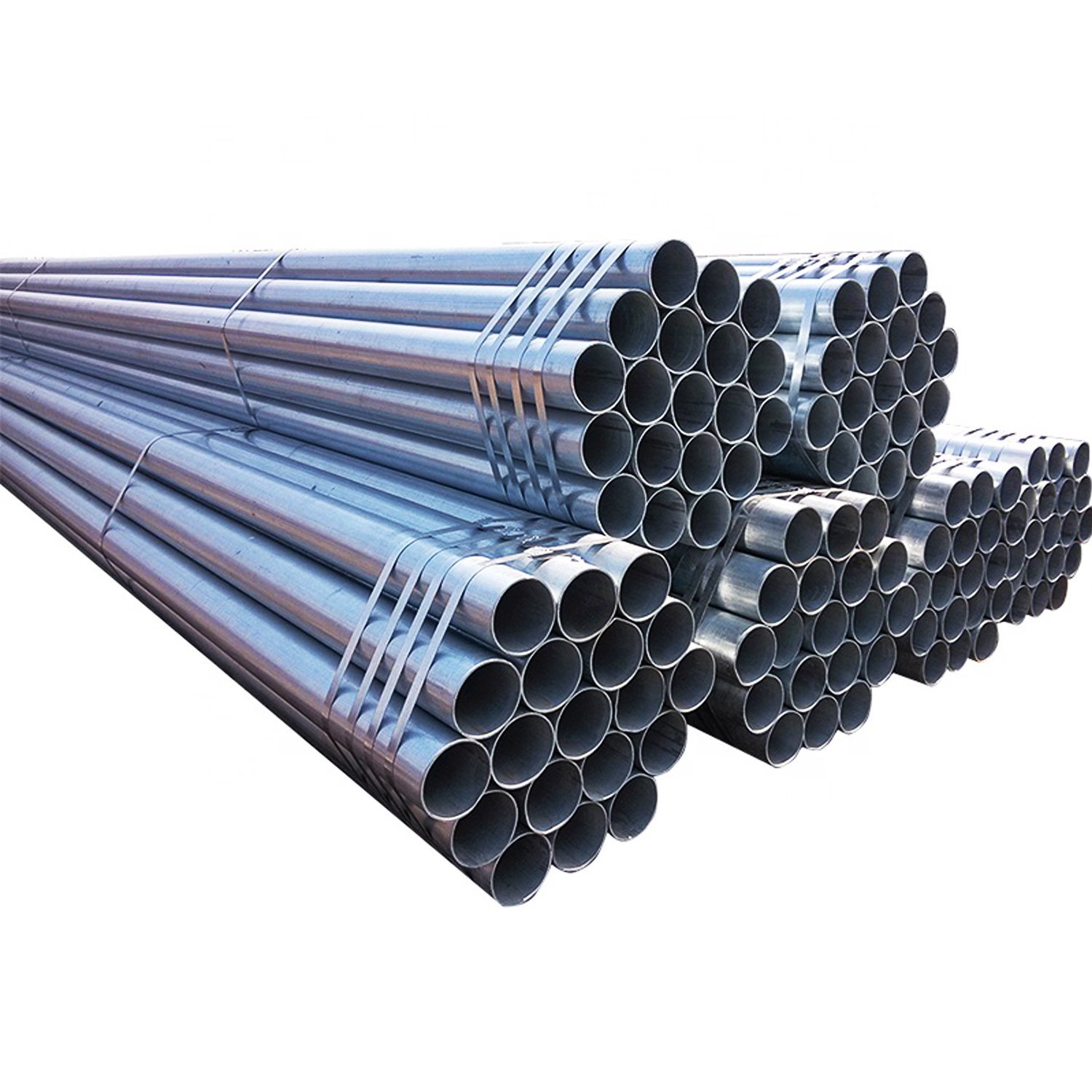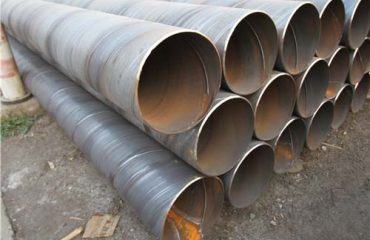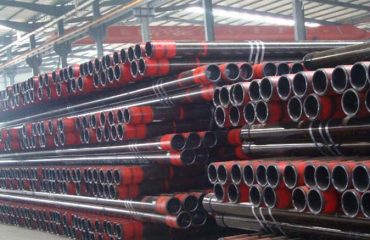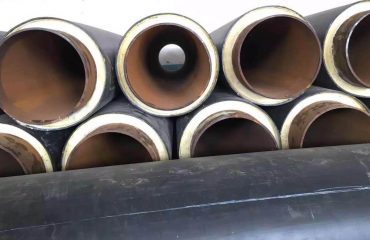
Enhancing Pipeline Integrity with ERW Pipes: The Reliable Solution for Fluid Conveyance
In the world of fluid conveyance, ensuring the integrity and reliability of pipelines is of utmost importance. One solution that has proven to be reliable and cost-effective is the use of Electric Resistance Welded (ERW) pipes. ERW pipes offer numerous advantages in terms of strength, durability, and ease of installation. In this article, we will explore the features and benefits of ERW pipes, highlighting their role in enhancing pipeline integrity and efficiency.
Understanding ERW Pipes
ERW pipes are manufactured through the process of electric resistance welding, where the edges of the steel strips are heated and fused together under pressure. This welding process creates a strong and continuous bond, resulting in a seamless pipe with excellent structural integrity. ERW pipes are commonly made from carbon steel or low-alloy steel and are available in various sizes and thicknesses to suit different application requirements.
Advantages of ERW Pipes
The use of ERW pipes offers several advantages that make them a reliable choice for fluid conveyance:
-
Strength and Durability: ERW pipes are known for their high strength and durability. The electric resistance welding process ensures a strong and continuous bond, resulting in a pipe that can withstand high pressure and external forces. This strength and durability contribute to the long-term integrity of the pipeline.
-
Cost-Effectiveness: ERW pipes are cost-effective compared to other types of pipes. The manufacturing process is efficient, leading to lower production costs. Additionally, the ease of installation and maintenance further reduces overall project expenses. These cost savings make ERW pipes an attractive option for various industries.
-
Versatility: ERW pipes are versatile and can be used in a wide range of applications. They are suitable for conveying various fluids, including water, oil, and gas. ERW pipes can also be used in structural applications, such as construction and infrastructure projects. Their versatility makes them a preferred choice for different industries.
-
Ease of Installation: ERW pipes are relatively easy to install compared to other types of pipes. Their lightweight nature and seamless construction make handling and installation more efficient. This ease of installation translates to reduced labor costs and shorter project timelines.
-
Availability and Accessibility: ERW pipes are readily available in the market, making them easily accessible for projects of all sizes. They can be sourced from reputable manufacturers and suppliers, ensuring consistent quality and reliability. The availability of ERW pipes contributes to the efficiency and timely completion of pipeline projects.
Applications of ERW Pipes
ERW pipes find extensive use in various industries and applications, including:
-
Oil and Gas Industry: ERW pipes are commonly used for oil and gas transportation. They are suitable for both onshore and offshore pipelines, providing a reliable and cost-effective solution for fluid conveyance.
-
Water Supply Systems: ERW pipes are widely used in water supply systems, including municipal water distribution networks and irrigation systems. Their strength, durability, and corrosion resistance make them ideal for conveying potable water over long distances.
-
Construction and Infrastructure: ERW pipes are utilized in construction and infrastructure projects, such as building structures, bridges, and culverts. They provide a reliable and cost-effective solution for structural applications, ensuring the integrity and longevity of the project.
-
Industrial Applications: ERW pipes are also used in various industrial applications, including manufacturing, mining, and chemical processing. Their versatility and strength make them suitable for conveying different fluids and materials in industrial settings.
Conclusion
ERW pipes offer a reliable and cost-effective solution for enhancing pipeline integrity and efficiency in fluid conveyance. With their strength, durability, and ease of installation, ERW pipes are a preferred choice for industries such as oil and gas, water supply, construction, and industrial applications. By opting for ERW pipes, companies can ensure the long-term integrity and reliability of their pipelines, leading to efficient fluid conveyance and reduced maintenance costs.
When it comes to Electric Resistance Welded (ERW) pipes, there are several standards that govern their manufacturing and usage. These standards ensure the quality, reliability, and compatibility of ERW pipes in various applications. Let’s take a closer look at some of the commonly referenced standards for ERW pipes:
-
ASTM A53 B, A106, ASTM A178, ASTM A252: These ASTM standards cover different aspects of ERW pipes, including their general requirements, dimensions, mechanical properties, and testing procedures. ASTM A53 B and A106 specifically focus on seamless and welded carbon steel pipes, while ASTM A178 pertains to electric-resistance-welded carbon steel and carbon-manganese steel boiler and superheater tubes. ASTM A252, on the other hand, addresses welded and seamless steel pipe piles.
-
API 5L X42/46/52/56/60/70: The American Petroleum Institute (API) sets standards for ERW pipes used in the oil and gas industry. API 5L is a widely recognized standard that specifies the requirements for seamless and welded steel pipes suitable for conveying fluids, such as oil, gas, and water. The X42/46/52/56/60/70 designations indicate different grades of steel with varying mechanical properties.
-
ASTM A500, ASTM A513: These ASTM standards focus on the structural applications of ERW pipes. ASTM A500 covers cold-formed welded and seamless carbon steel structural tubing in round, square, rectangular, and special shapes. It is commonly used in construction, infrastructure, and architectural projects. ASTM A513, on the other hand, pertains to electric-resistance-welded carbon and alloy steel mechanical tubing.
-
EN 10204/10217 S235JR, S275JR, S355, S355JR, S355J2H: The European standards EN 10204 and EN 10217 specify the technical delivery conditions for ERW pipes used in various industries. These standards cover a wide range of steel grades, including S235JR, S275JR, S355, S355JR, and S355J2H. These steel grades have different mechanical properties and are suitable for different applications, such as structural, mechanical, and pressure purposes.
It is important to note that these standards provide guidelines for the manufacturing, testing, and usage of ERW pipes. Compliance with these standards ensures that the pipes meet the necessary quality and safety requirements for their intended applications. When sourcing ERW pipes, it is crucial to verify that they adhere to the relevant standards to ensure their reliability and compatibility with the specific project requirements.
Frequently Asked Questions (FAQ)
Q1: What is the significance of ASTM standards for ERW pipes?
A1: ASTM standards provide guidelines for the manufacturing, dimensions, mechanical properties, and testing procedures of ERW pipes. Compliance with these standards ensures the quality, reliability, and compatibility of the pipes in various applications.
Q2: How does API 5L standard impact the usage of ERW pipes in the oil and gas industry?
A2: API 5L is a widely recognized standard for ERW pipes used in the oil and gas industry. It specifies the requirements for seamless and welded steel pipes suitable for conveying fluids. Compliance with API 5L ensures the pipes’ suitability for oil, gas, and water transportation.
Q3: What are the applications of ASTM A500 and ASTM A513 standards for ERW pipes?
A3: ASTM A500 and ASTM A513 standards are relevant for ERW pipes used in structural applications. ASTM A500 covers carbon steel structural tubing used in construction and infrastructure projects, while ASTM A513 pertains to carbon and alloy steel mechanical tubing.
Q4: What do the EN 10204/10217 standards specify for ERW pipes?
A4: The EN 10204/10217 standards outline the technical delivery conditions for ERW pipes used in various industries. They cover a range of steel grades, such as S235JR, S275JR, S355, S355JR, and S355J2H, which have different mechanical properties and applications.
Q5: Why is it important to ensure compliance with standards when sourcing ERW pipes?
A5: Compliance with standards ensures that ERW pipes meet the necessary quality and safety requirements for their intended applications. It ensures the reliability, compatibility, and performance of the pipes in various industries, contributing to the overall integrity of the projects.




You must be logged in to post a comment.